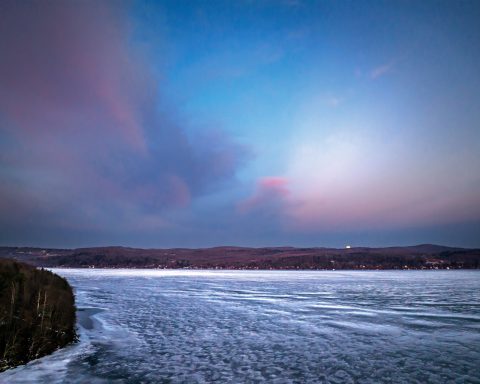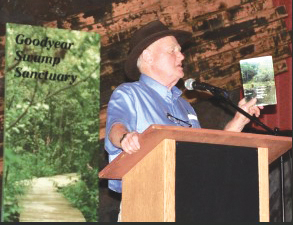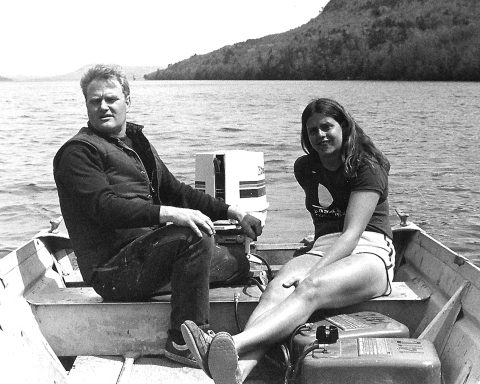Lake users should use caution and check the water conditions prior to use, as bloom conditions are known to change quickly. Keep watch along the shoreline and at the surface in protected areas (boat slips, small coves, etc.). Avoid discolored or cloudy water, green streaks, foamy accumulations, etc., as these areas may contain cyanobacteria and the associated toxins.…
SUNY Oneonta Biological Field Station
All boats, large and small, are welcome—including antique or classic, human powered, wind powered, electric powered, jet powered, outboard powered, inboard/outboard powered and, of course, “flying boats” like the one we had in 2023.…
SUNY Biological Field Station interns catch a big fish, openings at AllStar Arcade and Super Heroes Humane Society, and the Duck Derby at Neawha Park.…
BFS scientists determined that the yellow-green patches are harmless accumulations of pine pollen rather than the dangerous harmful algal blooms that have struck the lake in recent years.…
SUNY Oneonta Biological Field Station Research Support Specialist Holly Waterfield said 2024 is the first year there has been open water on the lake for the majority of the time. “We haven’t seen this before,” Waterfield said.…
The Otsego Lake Association extends its congratulations and thanks to Dr. Willard Harman for his more than five decades of service to Otsego Lake and our community.…
My work for the past six decades has been my passion and a labor of love. I truly appreciate the accolades, but would emphasize that it takes a community—our community of concerned stakeholders—who have provided long-term support and contributions to the efforts at the Biological Field Station.…
On a recent Monday, Harman sat in his office in the Field Station’s original building on the lake. Most of his books and photos were gone, but a bright orange jacket with HARMAN written across the back still hung just outside, alongside heavy waders and several pairs of galoshes.…
Bill has lived the life and, fortuitously, looks the part of a naturalist, with his slouch hat and ready smile. We can honor Bill’s work by emulating his commitment to the lake and its ecosystem. He is truly an inspiration for all of us.…
Partnership Plants Trees To Protect Lake SPRINGFIELD—SUNY Oneonta and the Upper Susquehanna Coalition partnered to plant 2,000 trees on the University’s land at Thayer Farm on the west side of Otsego Lake in November. Funding for the purchase, planting and maintenance of the seedlings, which are intended to combat harmful algae bloom growth, was provided through National Fish and Wildlife Foundation grant funding managed by the USC. The trees will absorb phosphorus, nitrogen and other nutrients, and prevent them from…










